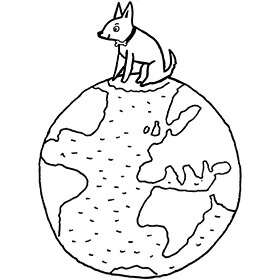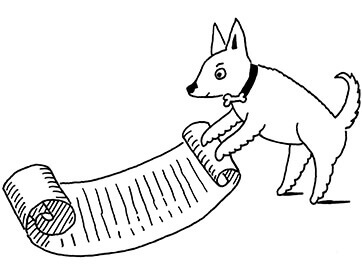-

Your Shopping Bag is empty

The Responsible Choice
Buying antique jewellery is both ethical and eco-friendly as harmful and destructive mining processes are not needed to make an item yours.
Find Out More

 Free Australia Shipping
Free Australia ShippingWe always love to buy these pretty early rings that were made circa 1820-1830. This example is 15ct62.5% pure gold (or 625 parts pure gold and 375 parts other metals). Popular during the Victorian, Edwardian and Art Deco eras but was discontinued in the mid-1930s. More gold and has been clawA precious metal prong used to hold a gemstone in place. More set with an emeraldOne of the four ‘precious’ stones. An intense, deep green is the most desirable colour for emeralds. Flaws and cloudiness (‘jardin’) are very common in emeralds, so stones are often oiled, irradiated, and dyed to improve their look. Synthetic emeralds have fewer imperfections and are hard to set apart from natural stones. Emeralds belong to the beryl... More in the centre with six naturalA natural stone is called such because it has not been subjected to any treatments. More split pearls around it in a flower cluster design. The shouldersThe point on a ring where the central section meets the shank or band, often carved, decorated or inlaid with small diamond accent stones. More are a lovely scroll design.
A ring to wear with care.
The Details
Buying antique jewellery is both ethical and eco-friendly as harmful and destructive mining processes are not needed to make an item yours.
Find Out More


We always stand by our five core principles:
Quality, Rarity, Expertise, Peace of Mind and Personal Touch